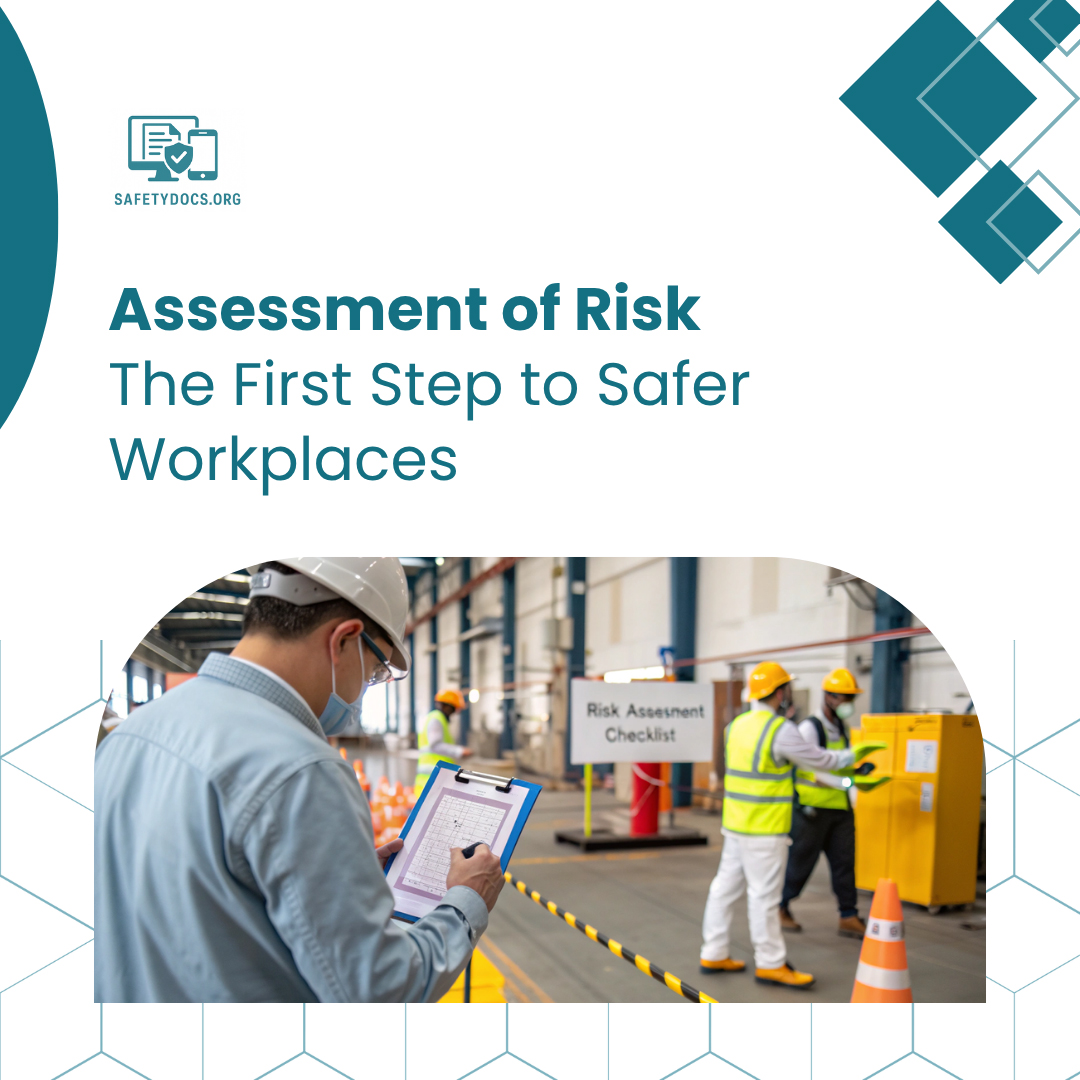The landscape of event safety has undergone a dramatic transformation since the introduction of Martyn’s Law, which has led to stricter compliance requirements. Event organizers now face unprecedented challenges in managing security protocols, risk assessments, and emergency response procedures.
However, many organizations stumble during the transition from traditional safety management to digital solutions. These implementation mistakes can compromise compliance, waste resources, and leave events vulnerable to security gaps.
Understanding common pitfalls helps event professionals make informed decisions when selecting and deploying event safety software for compliance with Martyn’s Law.
The Rush to Compliance Creates Implementation Problems
Choosing Software Without Understanding Requirements
Many event organizers panic-purchase the first event safety software they encounter for Martyn’s Law. This reactive approach often results in systems that don’t match their specific event types or operational workflows.
Different events require different safety approaches. A wedding planner needs vastly different features compared to a festival organizer managing crowds of thousands.
Before selecting any platform, conduct a thorough assessment of your event portfolio to ensure it aligns with your needs. Document your current processes, identify compliance gaps, and assess your team’s capabilities.
Skipping Proper Research and Evaluation
The urgency to meet compliance deadlines often prompts many organizations to skip comprehensive software evaluations. They overlook critical features such as mobile accessibility, offline functionality, and multilingual support.
This hasty decision-making leads to expensive software changes down the line. Teams struggle with platforms that don’t integrate with existing systems or lack essential capabilities.
Take time to demo multiple solutions. Test how each platform handles your specific event scenarios and evaluate user experience across different devices.
Team-Related Implementation Failures
Inadequate Staff Training Programs
Even the best event safety software for Martyn’s Law fails without proper team training. Organizations often underestimate the time and resources needed for successful adoption.
Staff members revert to familiar paper-based systems when they lack understanding of digital workflows. This creates dangerous compliance gaps and defeats the purpose of software investment.
Develop comprehensive training programs that cover both software functionality and new compliance requirements. Include hands-on practice sessions and ongoing support resources.
Ignoring User Resistance and Change Management
Resistance to new technology is natural, especially among experienced event professionals comfortable with traditional methods. Dismissing these concerns creates implementation roadblocks.
Team members may sabotage digital processes by maintaining parallel paper systems or opting to avoid software altogether. This behavior compromises data accuracy and emergency response capabilities.
Address concerns directly through open communication. Demonstrate how digital solutions reduce administrative burden and improve team coordination during live events.
Technical Configuration Mistakes
Poor Data Migration from Existing Systems
Organizations often underestimate the complexity of transferring safety documentation to new platforms. Incomplete or inaccurate data migration creates compliance vulnerabilities.
Legacy documents may contain outdated contact information, obsolete procedures, or inconsistent formatting. Simply uploading files without proper review and standardization causes long-term problems.
Plan a systematic data migration that includes document review, information updates, and standardization of formats. Verify all critical information before going live with new systems.
Insufficient Integration with Current Workflows
Many teams implement event safety software for Martyn’s Law as standalone systems without connecting to existing operational processes. This isolation creates inefficiencies and information silos.
Staff waste time switching between multiple platforms or manually transferring information. Important updates may not reach all relevant team members, compromising safety coordination.
Evaluate how new software integrates with existing tools, such as communication platforms, scheduling systems, and vendor management solutions. Prioritize platforms that offer robust integration capabilities.
Neglecting Mobile Optimization and Offline Access
Event safety management happens in real-time, often in locations with poor internet connectivity. Software that doesn’t function properly on mobile devices or offline creates dangerous gaps.
During emergencies, teams need instant access to contact information, evacuation procedures, and risk assessments. Desktop-only solutions or systems requiring constant internet connectivity fail when needed most.
Test mobile functionality thoroughly across different devices and network conditions. Ensure critical safety information remains accessible even when internet connectivity is unavailable.
Compliance and Documentation Errors
Misunderstanding Martyn’s Law Requirements
The complexity of new security legislation confuses many event organizers. They implement software solutions without a thorough understanding of what compliance requires.
This misalignment results in systems that produce impressive-looking documents but overlook critical compliance elements. Organizations discover gaps only during audits or, worse, during actual security incidents.
Work with legal experts or compliance consultants to understand specific requirements for your event types. Ensure chosen software addresses all mandatory elements comprehensively.
Over-Relying on Templates Without Customization
While templates accelerate implementation, using them without proper customization creates compliance risks. Generic risk assessments may miss venue-specific hazards or event-unique challenges.
Teams often assume that completing template fields equals comprehensive safety planning. This surface-level approach overlooks significant risks and fosters a false sense of security in security measures.
Use templates as starting points, then customize thoroughly based on specific venue characteristics, event demographics, and local risk factors. Regular reviews ensure assessments remain relevant and accurate.
Inadequate Version Control and Document Management
Poor document management creates confusion about which safety plans are current. Teams may reference outdated procedures during emergencies, which can compromise response effectiveness.
Without proper version control, multiple team members may edit documents simultaneously, resulting in conflicting information. These discrepancies can have serious consequences during security incidents.
Implement clear document management protocols. Designate responsible parties for updates and establish approval processes for changes. Ensure that all team members have access to the identical current versions.
Operational Implementation Problems
Insufficient Testing and Dry Runs
Many organizations deploy event safety software for Martyn’s Law without adequate testing. They discover functionality problems during live events when mistakes have serious consequences.
Software bugs, user interface issues, or performance problems become apparent only under real-world conditions. These discoveries during active events compromise safety management and team confidence.
Conduct thorough testing phases, including simulated emergency scenarios, to ensure optimal performance. Test all features under various conditions and gather feedback from different user roles before full deployment.
Poor Vendor Support and Relationship Management
Selecting software providers without evaluating their ongoing support capabilities can create long-term problems. Teams struggle with technical issues or compliance questions without adequate assistance.
Some vendors offer limited support hours or charge excessive fees for basic assistance. Others lack expertise in event safety requirements and cannot provide meaningful guidance.
Evaluate vendor support thoroughly before making commitments. Consider response times, availability, expertise levels, and additional service costs. Strong vendor relationships are crucial for successful implementation.
Best Practices for Successful Implementation
Phased Rollout Approach
Rather than attempting a complete system overhaul simultaneously, implement event safety software for Martyn’s Law gradually. Start with smaller events or specific functions before expanding to complex operations.
This phased approach allows teams to build confidence and expertise while identifying potential issues in low-risk environments. Lessons learned improve implementation for larger, more critical events.
Begin with documentation management, then add risk assessment features, followed by mobile deployment and advanced integration capabilities.
Continuous Monitoring and Improvement
Implementation doesn’t end with software deployment. Establish ongoing monitoring processes to identify areas for improvement and ensure continued compliance effectiveness.
Regular system reviews help identify unused features, training gaps, or process inefficiencies. Teams can optimize workflows and maximize the return on their software investment through continuous refinement.
Schedule quarterly reviews to assess system performance, user satisfaction, and the effectiveness of compliance. Use feedback to guide training updates and process improvements.
Building Internal Expertise
Develop internal champions who become experts in both software functionality and compliance requirements. These individuals provide ongoing support and help teammates navigate the challenges they face.
Internal expertise reduces dependency on external support and enables faster problem resolution. Champion users can also provide valuable feedback to software vendors, helping them make product improvements.
Invest in advanced training for key team members and consider certification programs where available.
Safety Docs understands these implementation challenges and provides comprehensive support throughout the deployment process. Their platform addresses common pitfalls through intuitive design, robust mobile functionality, and extensive template libraries.
The success of event safety software for Martyn’s Law implementation depends on careful planning, thorough preparation, and ongoing commitment to excellence. Avoiding these common mistakes ensures your organization achieves compliance goals while improving overall safety management capabilities.
Remember that technology is only as effective as the people using it. Prioritize team training, maintain open communication, and continuously refine processes based on real-world experience.
Ready to implement event safety software correctly from the start? Safety Docs offers expert guidance and proven solutions that help organizations avoid costly mistakes while achieving robust compliance with Martyn’s Law.
Frequently Asked Questions
1. How long does a typical event safety software implementation take?
Most implementations require 2-4 weeks for basic setup and team training. Complex organizations with multiple event types may need 6-8 weeks for full deployment.
2. What’s the most prominent mistake organizations make during software selection?
Choosing based on price alone rather than evaluating features, support quality, and long-term compatibility with operational needs and compliance requirements.
3. Can we continue using paper documents during the transition period?
Yes, but maintain clear protocols to prevent version conflicts and ensure digital systems become the primary reference source as soon as possible.
4. How often should we update our risk assessment templates?
Review templates quarterly and after any significant incidents or regulatory changes have occurred. Annual comprehensive reviews ensure continued compliance and effectiveness.
5. What happens if our software fails during a live event?
Quality platforms include offline functionality and backup procedures. Always maintain emergency contact lists and basic procedures accessible without software dependency.






